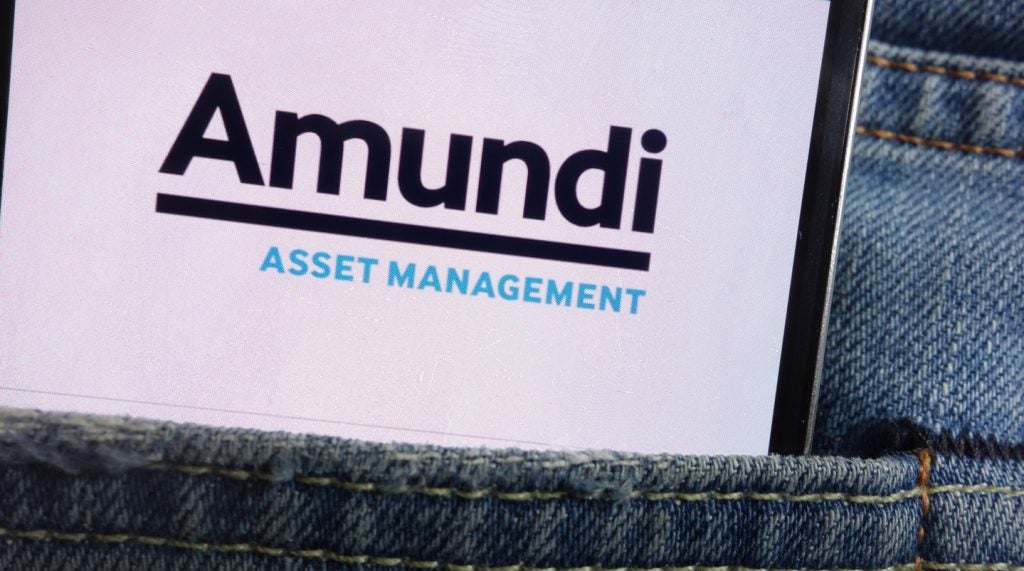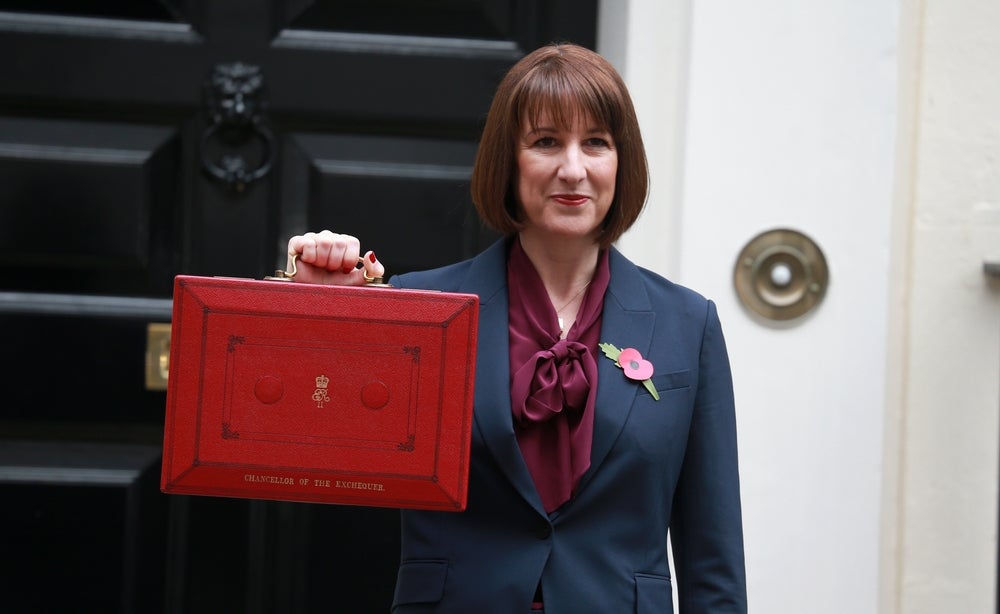
Wealthy clients have had to adapt during the coronavirus pandemic in how they contact their advisers and wealth managers. Family offices have had to adapt as well. While people are wondering when they can see their family members again, how are family offices coping? Patrick Brusnahan reports.
Switzerland-based investment bank UBS has released its GFO Report 2020, which examines 121 of the world’s largest family offices. It found a number of key trends, including:
- More than half (56%) of families remain closely involved in strategic asset allocations;
- While many beneficial owners are in their 60s and 70s, close to a third of family offices have no plans to change control;
- 39% of family offices intend to allocate most of their portfolios sustainably in five years’ time;
- More than two-thirds (69%) of family offices view private equity as a key driver;
- Over half (55%) of family offices rebalanced their portfolios in March, April and May to maintain their long-term strategic asset allocations, and
- 43% of family offices still prioritise investment performance when looking at impact investment. Return on investment is among their top three performance indicators.
In the report, Josef Stadler, group MD and head of global family office at UBS Global Wealth Management, says: “No two family offices are the same. They reflect the idiosyncrasies of their beneficial owners and investment professionals. But they also share a number of characteristics, particularly at the larger end of the spectrum. The Covid-19 pandemic has brought this into sharp focus.
“In some senses, family offices with assets under management above $1bn have institutional-like profiles. They apply meticulous asset allocation strategies and rigorous investment processes. They stick to their plans, even when market volatility makes it uncomfortable. They hold their position. They are disciplined.
“On the other hand, family offices embrace and manage risk like no other investor. This should come as no surprise. First-generation beneficial owners are by definition risk takers. They instil this mindset into their successors, and they seek out professionals who share it.
Losses are part of their business model. It is missing an opportunity that gives these clients the biggest headache, not making a short-term loss.”
How well do you really know your competitors?
Access the most comprehensive Company Profiles on the market, powered by GlobalData. Save hours of research. Gain competitive edge.

Thank you!
Your download email will arrive shortly
Not ready to buy yet? Download a free sample
We are confident about the unique quality of our Company Profiles. However, we want you to make the most beneficial decision for your business, so we offer a free sample that you can download by submitting the below form
By GlobalDataAsset allocation
Family offices and their respective families kept a close eye on proceedings in the first half of 2020. Overall, 56% of families remained closely involved in strategic asset allocation and considered that to be a priority for the family office and a “cornerstone” of wealth preservation.
More than three-quarters (76%) of family offices report that their portfolios actually performed in line with, or above, target benchmarks over the year to May.
The report states: “Despite the pro-growth allocations of family office portfolios at the beginning of 2020, a combination of risk mitigation strategies helped in protecting them during March’s rapid and deep fall in equity markets.
“In the second stage of our survey, conducted in May, more than three-quarters (76%) of family offices reported that their portfolios had performed in line with, or above, their respective target benchmarks for the year to date.”
In addition, 55% of family offices rebalanced portfolios in March, April and May, while two-thirds traded up to 15% of portfolios tactically.
In terms of opportunity, many are looking to deploy cash, and 45% say that they were planning to raise their allocations to real estate. A similar percentage want to raise allocations in developed market equities (23%) and others are looking at developing market equities (6%).
Diversification is high in portfolios, as 35% allocated funds to alternative investments. Real estate and private equity are near top of minds with 14% and 6% respectively. On the other hand, fixed-income exposure fares less well at 11% for developed markets and 6% for developing; this is attributed to zero or negative interest rates across the world. Cash allocations were slightly higher at 13%.
Who decides?
Decision-making is obviously key for family offices and their clients; however, where do the final decisions lie? Many with family offices like to be hands-on with their investments and assets.
For 28% of families, the owner presides over strategic asset allocation. Furthermore, an equal percentage splits responsibility equally between owner and family office. Therefore, the beneficial owner is involved in 56% of families.
Some longer-established families rely more on others, and 24% of them entrust decision making to their family offices. Only 7% look to their bank partners.
Younger generations are getting more involved sooner, but they do not conform to stereotypes, according to the report. It says: “Many [next-in-line] are just as involved in managing family wealth as their parents, although they do tend to be more interested in philanthropy and sustainable investing.”
Many family offices see shifts as inevitable, and 69% of family offices state that different generations have different passions.
The typical idea of younger generations is that they prefer alternative investments, but the report shows that this is not the case: some 54% of family offices confirm that incoming owners are just as interested in traditional investments as their parent, and in Asia and the US, the percentage increases to 71%. In fact, less than half of respondents say that next-in-line inheritors were pushing for more sustainable investing.
“The desire to preserve wealth spans generations. Family offices rank strategic asset allocation and real estate buying and management as the most important activities for both first and second generations,” says the report. “That said, the first generation is more likely to sit on the board of the family office than subsequent generations, who are more likely to take management roles, reflecting how the family office often grows in importance over time compared with the operating business. Similarly, younger generations that have only known mature operating businesses devote more time to activities outside the main business, such as philanthropy and impact investing.”
However, younger generations certainly have sway in family offices, and 95% of the family offices where the third generation is involved are likely to introduce automation. In comparison, only 71% will do the same if just supporting the first generation.
Sustainability
Sustainable investing is a hot topic in private banking, and 39% of family offices intend to allocate most of their portfolios sustainably over the next five years. However, they are mainly targeting the option of exclusionbased strategies. These strategies form the highest proportion of family office portfolios at 30%; the figure is expected to increase to 35% over the next five years.
When evaluating impact investments, 43% of family offices still prioritise investment performance. So while 62% of families regard sustainable investing as important for their respective legacies, whether this turns into a reality remains to be seen. Return is still very much the name of the game.
In a positive step, 73% are already investing at least some assets sustainably. ESG investing is slowly gaining traction as 9% invest in it today, but the report expects this to rise to 19% in the coming years. In contrast, impact investing is expected to expand by less than that, from 9% to 14%.
Two-thirds (66%) of family offices view defining and measuring impact as a big challenge, a goal that seems hard to both quantify and aim for, but 22% place social return in their top three performance indicators. In addition, 12% highlight the importance they attach to environmental impact.
The difference lies in family offices practicing what they preach. Only 32% have employed specialists to analyse ESG risks or carried out due diligence on direct impact investments. A mere 28% have an active pipeline of deals in the area.
While 43% state that sustainable investing is a top priority for the family, and 42% agree that climate change has already influenced their investments, only limited action has been taken. However, this may change as wealth changed generations as 61% of next-in-line clients are engaged with this, compared to 47% of their parents.
At time of writing, UBS made sustainable investments the preferred solution over traditional ones for its private clients worldwide. The Swiss bank, which oversees $2.6trn in assets, is said to be the major financial institution to make such a move.
The bank, with sustainable investing experience of around 25 years, says its major sustainable indices performed better than traditional counterparts for the year to date. It adds that a completely sustainable portfolio can lead to higher returns and more diversification. At the same time, it also agrees that traditional investment options are most suitable in certain circumstances.
UBS Global Wealth Management copresident and UBS Americas president Tom Naratil concludes: “Covid-19 has put the exclamation point on one of the most important shifts in financial services in a generation.
“The pandemic has brought the vulnerability and interconnected nature of our societies and industries to the forefront of investors’ minds and shown that sustainability considerations cannot be ignored.”







